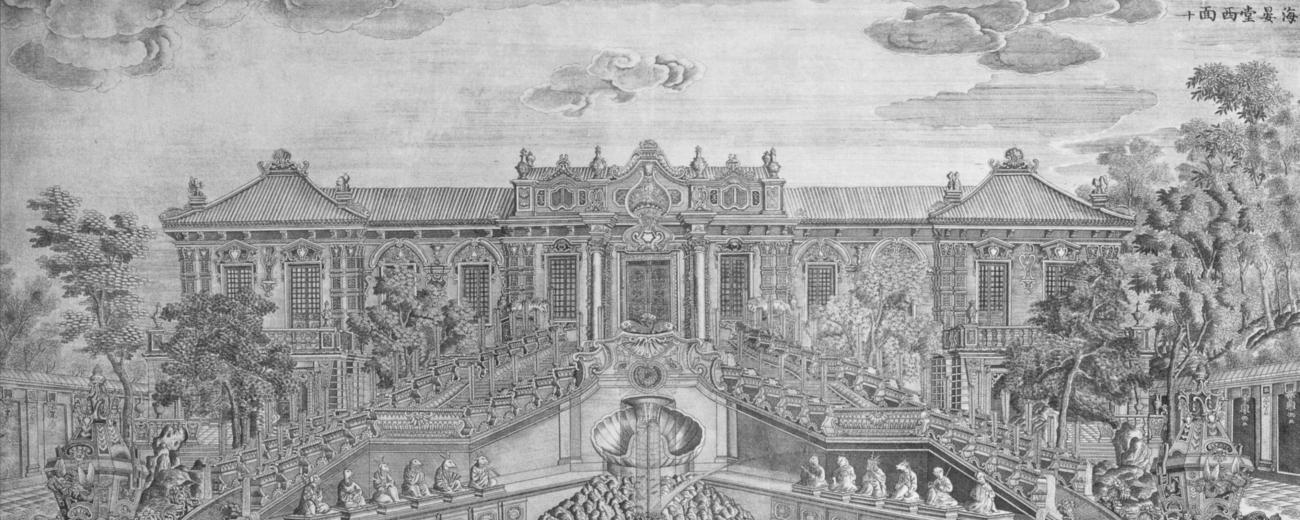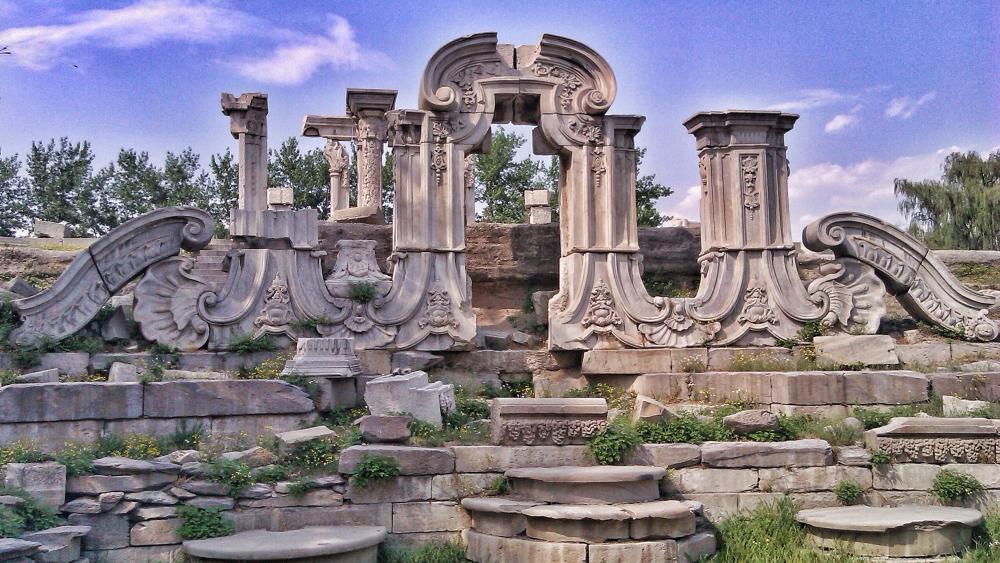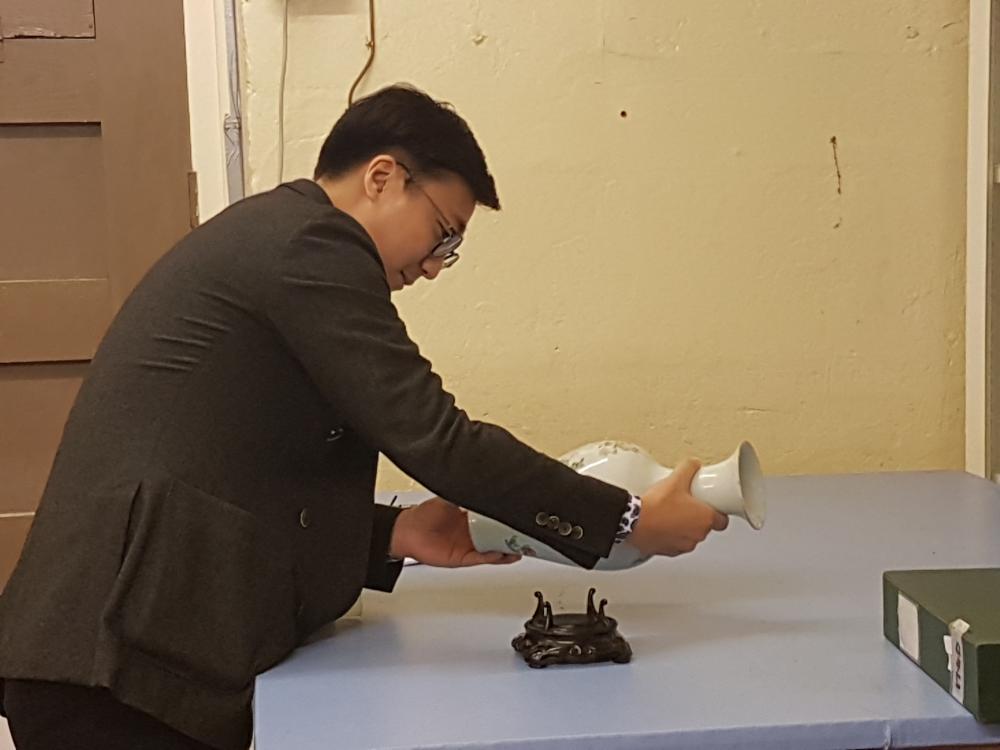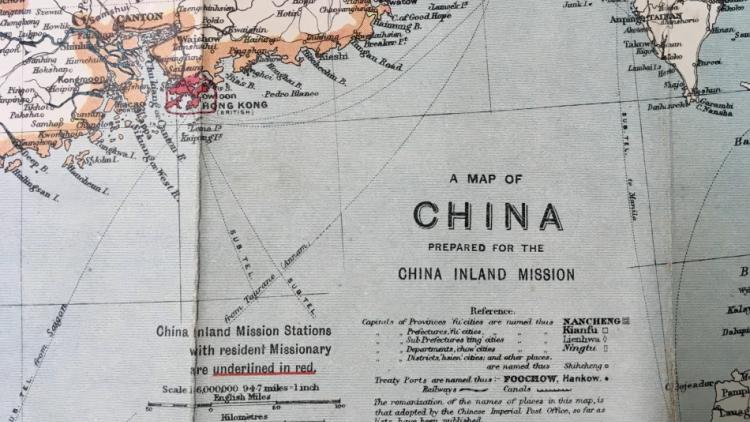The "Summer Palace" Diaspora


Overview
Louise Tythacott secured a major philanthropic donation from 2017-18 to undertake research on the histories of objects looted from China’s Yuanmingyuan – or old "Summer Palace" – presently in British and French museum collections. Shichun Lei was appointed as the Research Assistant in 2018, and the project ran until January 2019. From 2022-23, Louise was awarded a Leverhulme Research Fellowship to complete a monograph based on the research.
Initiated by the Kangxi Emperor (reigned 1662–1722) in the early eighteenth century, the "Summer Palace" was developed by the Yongzheng (reigned 1723–1735) and Qianlong emperors (reigned 1736–1795) and used during the eighteenth and nineteenth century as the principal residence of Qing dynasty emperors. It housed part of China’s most important imperial art collection.
In October 1860, at the culmination of the Second Opium War, British and French regiments looted the buildings in the Yuanmingyuan: it is estimated that hundreds of thousands of imperial objects were taken from the site, many of these now scattered around the world, in private collections and public museums.
Louise’s forthcoming book will trace the trajectories of Yuanmingyuan objects from China to Britain and France and will explore the succession of meanings and values attributed to these imperial artefacts in the West – their existence as commodities in auction houses; their lives in international exhibitions and public displays; and their status as curiosities, art objects or ‘"trophies of war" in a range of different institutions.
The project has involved research in major museums, libraries, archives and auction houses across the UK and Ireland, as well as in Paris.
Featured image: Engraving of the Haiyantang, originally part of the water fountain in the Xiyanglou (western area of the Yuanmingyuan), from Yi Lantai’s set of engravings made in 1783.





